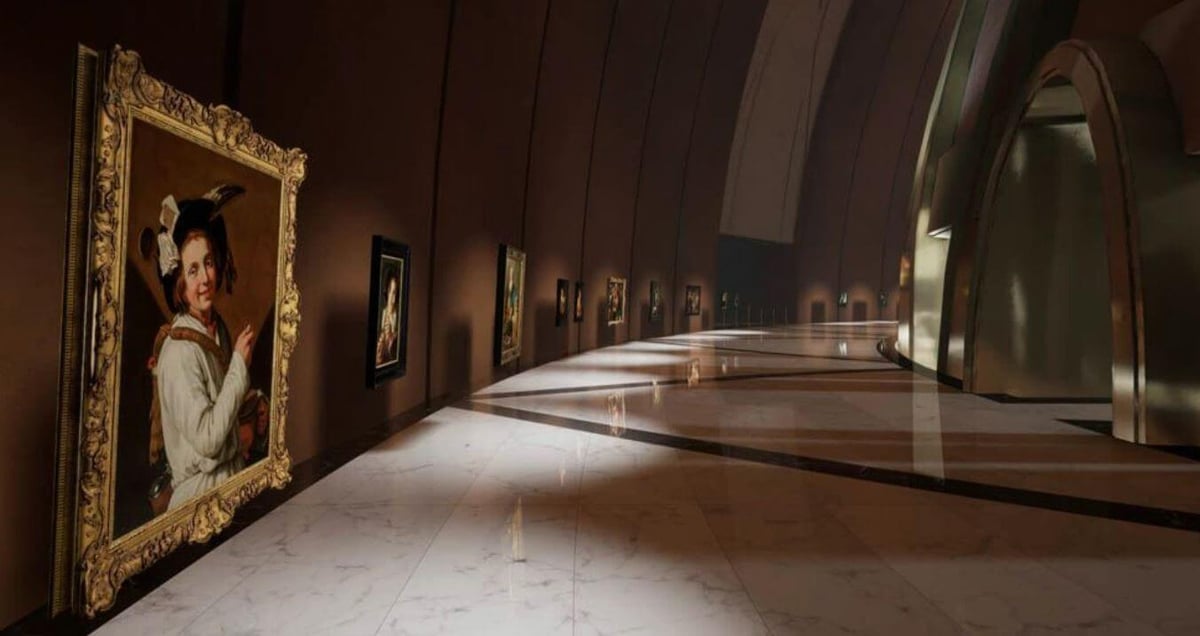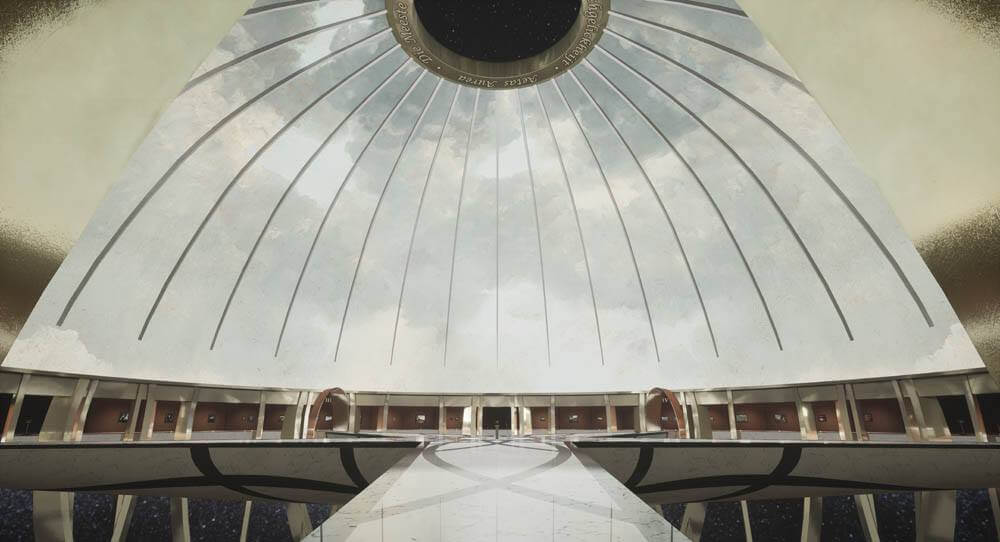The Kremer Collection of 17th-century Dutch Old Masters artworks have been digitized and housed in a specially commissioned VR museum.
Experiencing classic art is, traditionally, a pretty straightforward affair. Chances are the extent of most of our exposure to it is on a school field trip. If you object to this statement and regularly frequent your local artistic establishments — kudos, you culture vulture.
One pretty universal truth though is that geography is a limiting factor. Fine art is fragile and worth a lot of money. This means that the likelihood of many high-profile pieces going on tour is low.
On the other hand, new technologies such as virtual reality are taking a swipe at the traditional models. It could, subject to the widespread adoption of VR headsets, democratize things like fine art with on-demand access.
The Kremer Collection certainly thinks so. Looking to use this nascent tech in a way not done before, this private collection has used photogrammetry to digitize 70 Old Masters works from its portfolio.
But this alone isn’t unique. The singular aspect of Kremer’s efforts to let anyone experience its collection is that, instead of just housing them in a generic virtual world as one might expect, the collection instead turned to architect Johan van Lierop to design a fitting location to display the works.

Digital Art in a Digital Museum
Architect van Lierop drew inspiration from the Masters themselves when designing the space. Evoking the Golden Age glamour many of them present in their paintings, the resulting museum is a marble floor web beneath a grandiose blue-sky dome (typical of the style).
To scan the works, the collection used the photogrammetry technique. By taking thousands of high-resolution photographs and sticking them together with generous overlaps, they create a highly detailed virtual model. The artworks appear exactly as they would in real life. Lean in for a closer look, and the cracks in the paint become apparent.
The idea for a digital museum came about after a conversation between George Kremer, who has gradually assembled the collection since 1994, and his son Joel, a former manager at Google.
Ordinarily, the collection loans its pieces out to other permanent exhibitions. But a desire to build a permanent brick-and-mortar home for the artworks — and the limiting factors of time, money and, for visitors, geography — has stayed their hand.
It is hoped that by offering these Old Masters up in such a new way, it will inspire a new generation of enthusiasts who may otherwise never have experienced them.
An Android app to be used with Google’s DayDream VR headset is planned for release in early 2018. Interestingly, one hangover from brick-and-mortar museums is that pricing in the app will be tied to the number of “visits”.
If you don’t want to wait, you can try to catch the VR Kremer Collection as it tours the world as a popup experience.
Source: Bloomberg
All images: Kremer Collection

License: The text of "Old Masters Artworks Digitized for VR Museum Experience" by All3DP is licensed under a Creative Commons Attribution 4.0 International License.